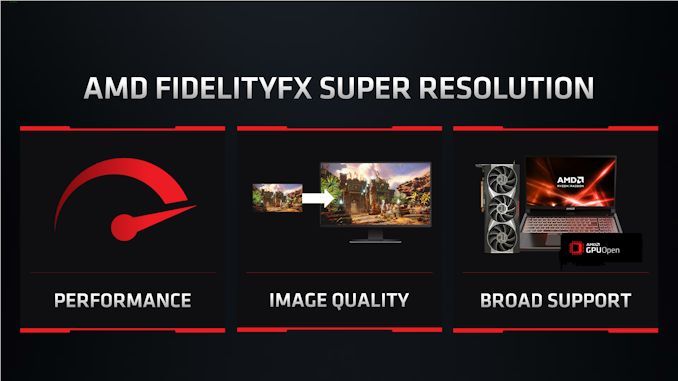Last week AMD announced that FidelityFX Super Resolution (FSR) will be released for PC on June 22. IGN reports that Microsoft has partnered with AMD to bring FidelityFX Super Resolution to the Xbox X / S series consoles.
Microsoft is partnering with AMD to bring FidelityFX Super Resolution to Xbox X / S series consoles
During Computex 2021, AMD confirmed that FidelityFX Super Resolution technology will be available starting June 22. This AMD technology is the equivalent of NVIDIA’s DLSS. AMD’s solution, unlike NVIDIA’s, does not require GPU-specific hardware and is compatible with graphics cards up to the RX 500 series.
At Xbox, we’re excited about the potential of AMD’s FidelityFX Super Resolution technology as another great way for developers to increase frame rate and resolution. We’ll have more on this soon.
The integration of this technology into Microsoft’s consoles would be of great benefit to users who own one of these consoles. This will allow the Xbox X/S series to deliver a higher frame rate at higher resolutions for games on Microsoft’s consoles. All this without requiring any additional processing power in principle to achieve this performance increase.
Microsoft already announced during Game Stack Live that the FidelityFX technologies will be included in the development kits of the Xbox X / S series consoles. This will allow game developers to use AMD’s various techniques and technologies in the development kits themselves. This in turn lays the foundation for compatibility of the new AMD FSR technology.
AMD FSR is a technology that allows you to run a game at a lower resolution and then rescale the image. With this technique, you get an increase in the FPS rate in the game, in exchange for a small loss in image quality.
FidelityFX Super Resolution has four image quality modes: Ultra, Quality, Balanced, and Performance. Depending on the image quality mode, we get more or less an additional FPS rate in the game. The “worse” the selected picture quality is, the higher the FPS rate we get in return.
AMD’s technology is the equivalent of NVIDIA’s DLSS, which is based on artificial intelligence for image scaling from a lower resolution. NVIDIA’s AI-based technology requires additional resources (tensor cores in the GPU) and offers quite a good image quality. AMD’s FSR does not require additional hardware, as it does not require Deep Learning. Another advantage of AMD’s technology is that it is open source and would be compatible with NVIDIA’s GTX 10 series, the latest complete graphics card family without Tensor Cores and RT Cores.
